Aude's Living Shield: How Nature and Community Are Forging a New Era of Wildfire Resilience
Discover Aude's innovative response to wildfires: embracing livestock for natural firebreaks, leveraging vineyards, and fostering community resilience. A path to a greener, safer future.
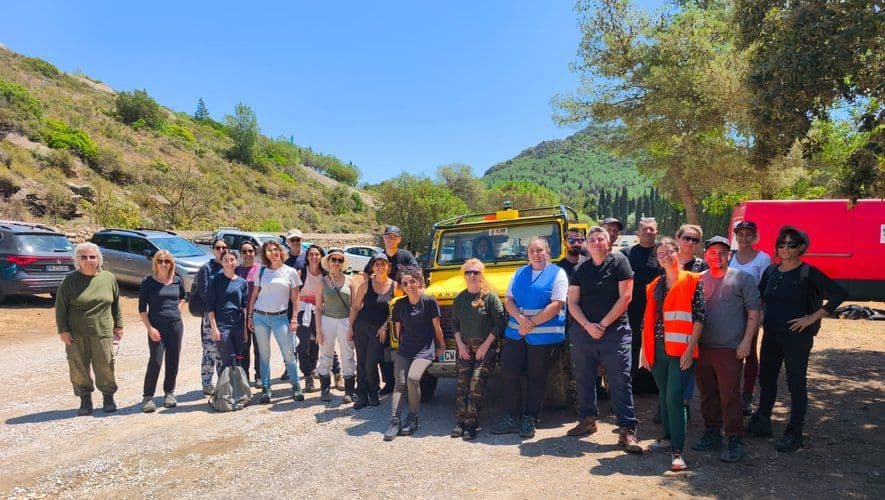
Echoes of Embers: The Human and Natural Toll
The summer of 2025 cast a grim shadow over , particularly around , , and , as colossal wildfires scorched more than 2,100 hectares. For days, hundreds of firefighters battled the inferno relentlessly, but the scale of destruction was immense. Dozens of buildings were damaged or outright consumed, and countless animals perished in the flames. Beyond the raw statistics of loss, the human toll runs deep. Residents were displaced, their lives upended, and the local prefecture had to open municipal offices to register victims, a stark reminder of the widespread suffering.
For those deeply rooted in the land, like from Beauregard, the recent blaze was a horrific déjà vu. Trapped for over 48 hours without water or electricity, guiding firefighters through their own property, she recounted the "shock" and the feeling of being "in the middle" of an uncontrolled inferno. This wasn't her first nightmare; a 2021 fire had devastated 90 hectares of her vineyard just before harvest, leaving smoke-tainted grapes and unsellable wine. These personal stories underscore a critical point raised by the : the accelerating spread of these fires is inextricably linked to agricultural decline, leaving landscapes untended and vulnerable. The region desperately needs a fresh approach.
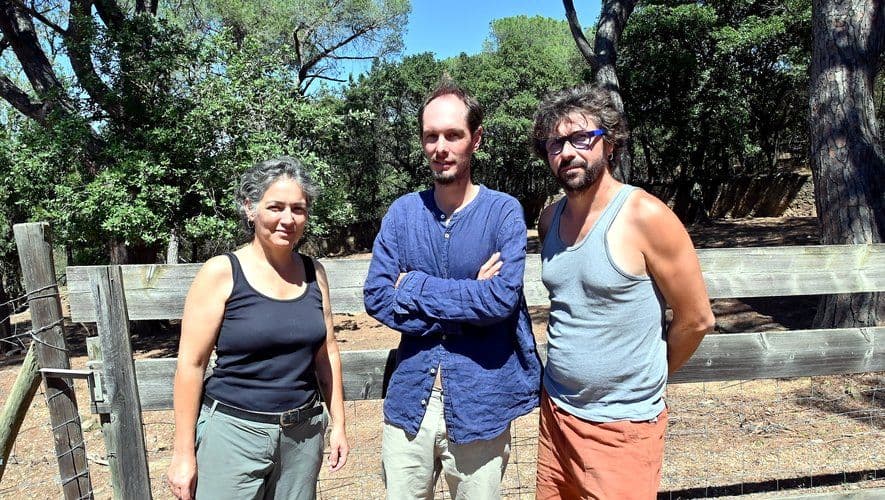
Grazing for Green Walls: A Return to Ancient Wisdom
Aude’s collective "surge" towards resilience begins with a powerful, yet ancient, solution: extensive livestock grazing. The champions this return to traditional practices, arguing that animals are the most cost-effective "engineers" for maintaining fire-prone landscapes. , a farmer and advocate, points to the success of sylvopastoralism in regions like and . Here, scattered trees coexist with grazing cows and pigs, creating landscapes where fires are virtually non-existent. These aren't just firebreaks; they're vibrant, productive ecosystems that actively store carbon and foster rich biodiversity, from diverse flora to thriving bird populations.
The logic is compelling: if the colossal funds spent on fighting fires were redirected to support livestock farming, new installations, and the reopening of overgrown environments, the preventative benefits would be immense. , an Fanjeaux farmer, stresses the urgency: "The Mediterranean space needs maintenance, and the cheapest way is animals!" He calls for immediate action, advocating for herds to be brought into newly greened burned areas this autumn to prevent them from becoming dense, combustible fuel traps again. This isn't just about reducing fuel; it's about re-establishing a harmonious balance with nature, recognizing that sustainable agriculture is inherently linked to fire prevention and ecological health.
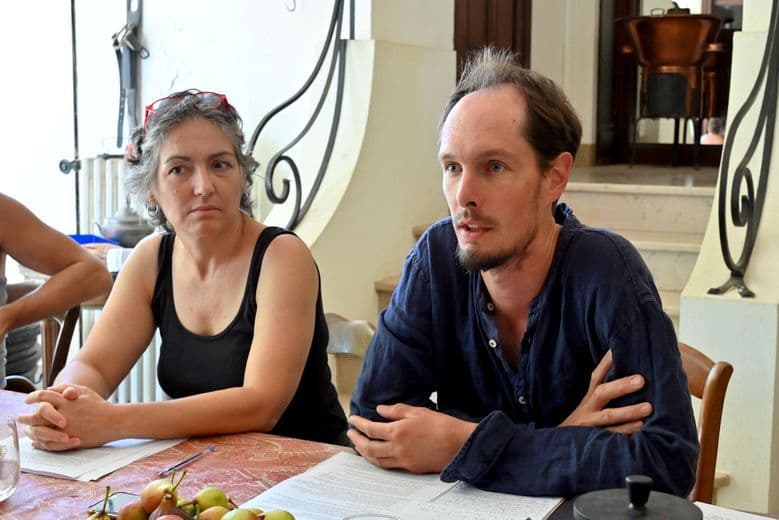
Vineyards and Vigilance: Community Fortitude in the Face of Fire
While grazing animals offer a broad landscape solution, Aude’s vineyards have proven to be an unexpected, yet vital, line of defense. Time and again, these meticulously maintained agricultural plots act as natural firebreaks, dramatically slowing or even halting the advance of raging flames. Images from recent blazes near vividly illustrate how the vine rows, with their clear undergrowth, became crucial barriers, buying precious time for firefighters. It's a testament to the inherent design of viticulture, often unknowingly, contributing to public safety.
Beyond the physical barrier, the spirit of vigilance within the community is palpable. We heard from , whose personal trauma from past fires didn't deter her from staying to guide emergency services during the latest inferno. This profound commitment is echoed by others, like the couple in Aude who took matters into their own hands, meticulously creating a two-hectare fire defense network on their property. These are not isolated incidents; they represent a deep-seated community fortitude, where residents, often with direct experience of loss, actively participate in protecting their homes and livelihoods. This grassroots initiative, coupled with official support like the prefecture inviting victims to city hall, highlights a powerful, multi-layered response to the fire threat.

Forging a Resilient Future: Aude's Path to Sustainable Protection
The lessons learned from Aude’s fiery summers are coalescing into a comprehensive vision for a more resilient future. The , representing those on the front lines, insists that the increasing fire propagation, exacerbated by agricultural decline, demands a "collective surge." Their call for an ambitious multi-partnership plan—integrating land and agricultural policies directly into fire prevention and protection strategies—is gaining traction. It’s a recognition that sustainable protection isn’t just about putting out fires, but about proactively shaping the landscape.
Proposals are clear and actionable: support for extensive livestock farming is paramount, as is the strategic development of water storage for both animal husbandry and fire emergency use. ’s poignant story of his olive grove, destroyed in 2016 and only now beginning to yield again, underscores the long-term devastation and the urgent need for preventative measures that truly last. Aude is moving beyond reactive firefighting, embracing a holistic model where farmers, emergency services, forest managers, and local authorities sit at the same table. This collaborative spirit, driven by the invaluable insights of those who live and work the land, is charting a course towards a future where nature and community stand together as Aude’s living shield.
Related Articles
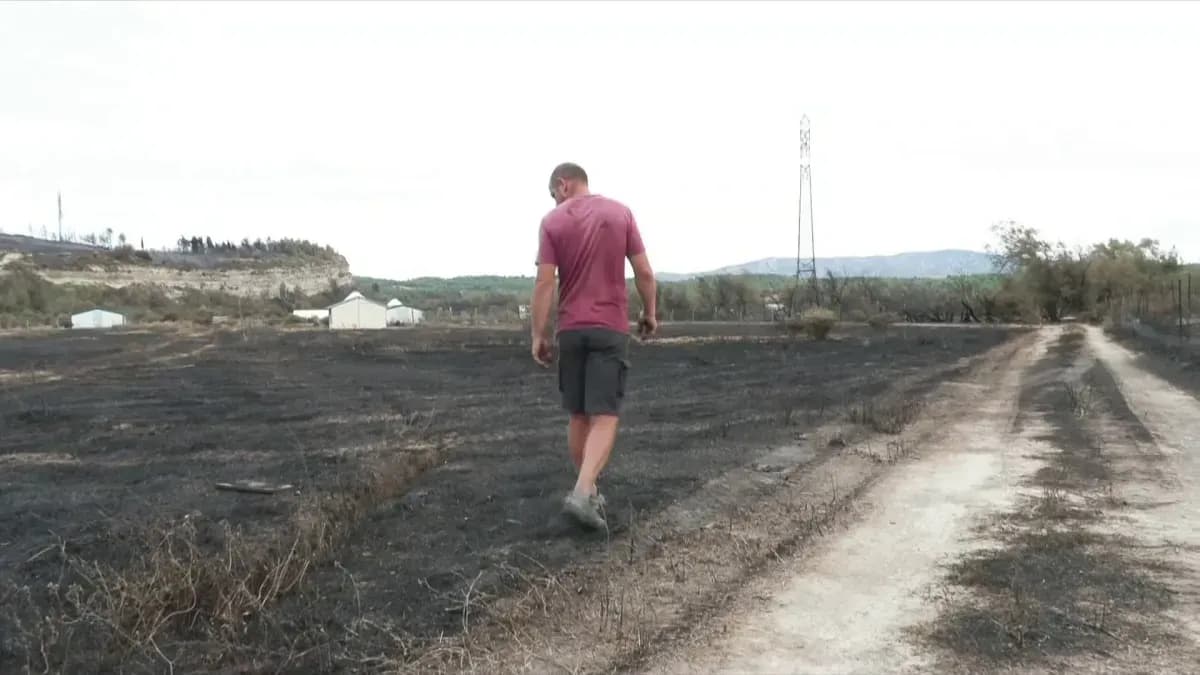
A Nation Ablaze: Beyond the Red Alerts – The Enduring Human and Ecological Toll of France's Summer Fires

A Nation Ablaze: Beyond the Red Alerts – The Enduring Human and Ecological Toll of France's Summer Fires
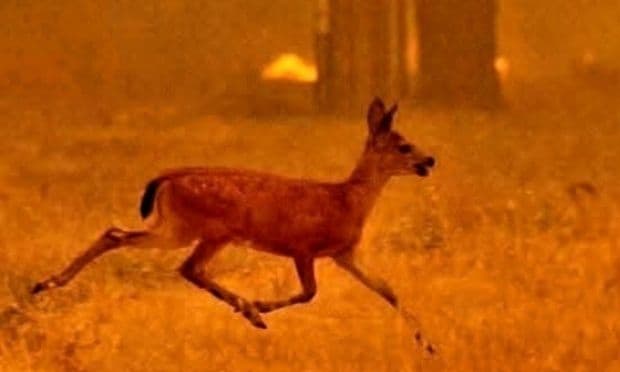
Aude's Ember Awakening: Charting the Path to Ecological Renewal Beyond the Blazes

Aude's Ember Awakening: Charting the Path to Ecological Renewal Beyond the Blazes

Beyond the Blaze: The Human and Ecological Toll of Europe's Escalating Wildfires

Beyond the Blaze: The Human and Ecological Toll of Europe's Escalating Wildfires
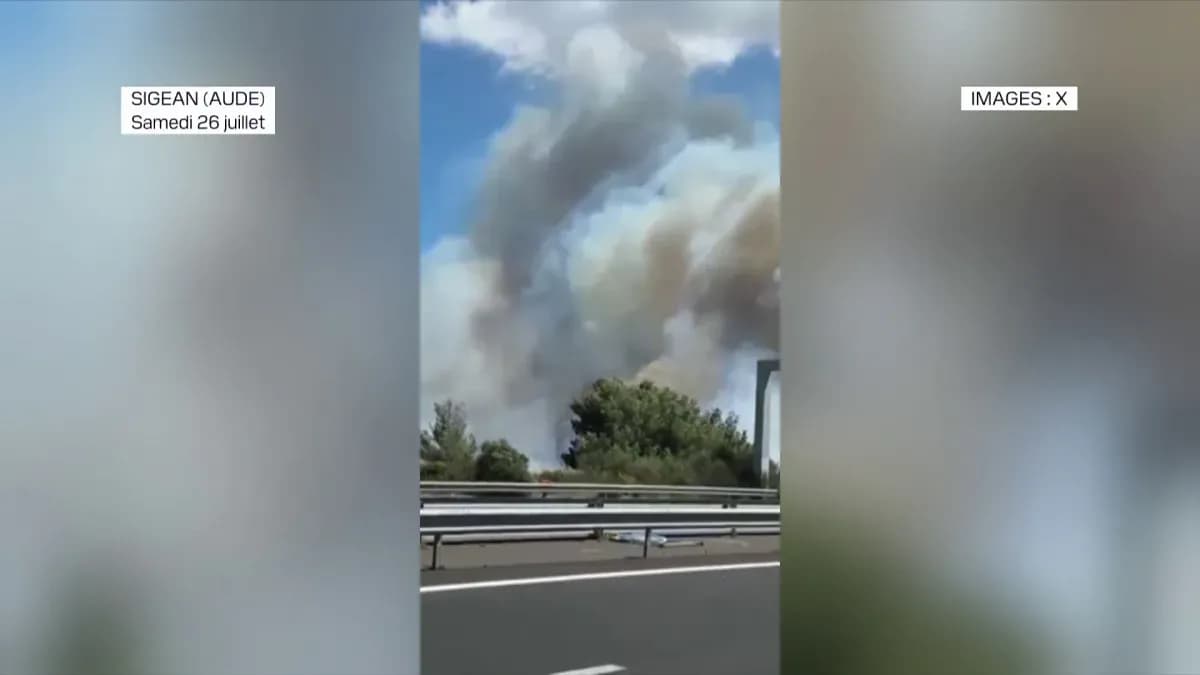
Sigean's Fiery Embrace: Unpacking a Region's Recurring Battle with Blazes
